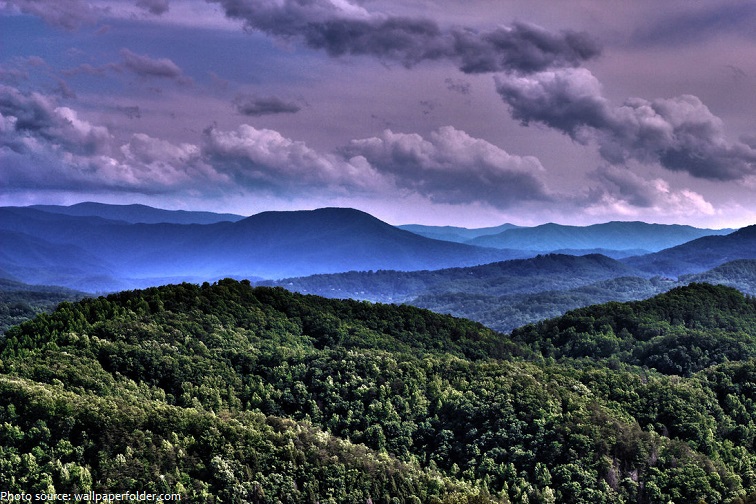

Geological Survey (USGS) has been producing detailed topographic maps for more than 125 years. USGS Scientific Investigations Map 2830, Geology Of The Southern Appalachian Mountains, by Sandra H.B. See for ordering information.ĭownload the general interest publication ĭownload the latest version of Adobe Reader free of charge, click here. Ī companion video, The Southern Appalachians: A Changing World, and teacher's guide are also available. This brochure, Birth of the Mountains, is also available in printed form from The USGS Store free of charge ($5 shipping). This story is based on what geologists have discovered by mapping, measuring, and sampling rocks of this region for more than a century and by fitting those observations into the worldwide geologic puzzle that is the history of the Earth.



It shows where evidence can be seen today for each stage and gives examples of how the past affects human history and our lives today. Geological Survey general interest publication begins with the earliest history recorded in the rocks and looks at the major stages in the development of the mountains and landscape. We need to know how events that took place millions of years ago have influenced the landscape, climate, soils, and living things we see today. Why does this area have such beautiful sceneryĪnd a diversity of plants and animals that is greater than in all of Northern Europe? How do the mountains, and the rocks and minerals of which they are made, affect the lives of people? How do people affect the mountains? To address these questions, we need to understand the geologic events that have shaped this region. The region is known worldwide for its great beauty and biological diversity. The Geologic Story of the Southern Appalachian Mountains Version 1.0 The Southern Appalachian Mountains include the Great Smoky Mountains National Park, the Blue Ridge Parkway, several National Forests, and numerous State and privately owned parks and recreation areas. Birth of the Mountains: The Geologic Story of the Southern Applachian Mountains


 0 kommentar(er)
0 kommentar(er)
